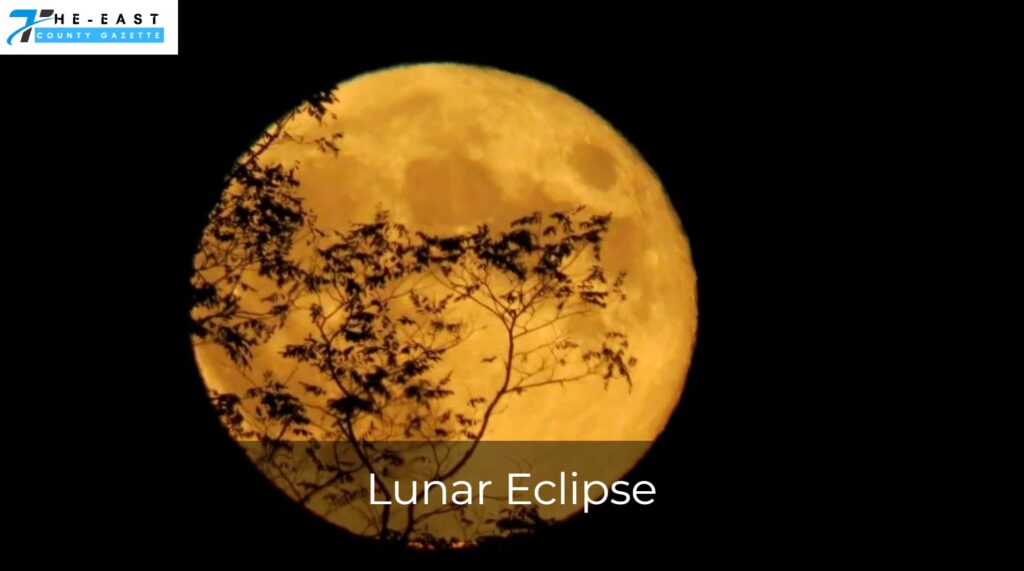The last total lunar eclipse for three years will occur today, November 8, 2022.
A total lunar eclipse occurs when the sun, Earth, and Moon are lined up. The Moon enters the Umbra, the darkest region of the Earth’s shadow, throughout this entire Chandra Grahan.
According to sources, India and several other Asian nations would be able to see this total lunar eclipse. Additionally, according to reports, this lunar eclipse in 2022 will be the final one until 2025. NASA just tweeted that there won’t be a total lunar eclipse for the next two to three years. Yes, only partial and penumbral lunar eclipses will be visible over the next two to three years.
On November 8, at 5:32 PM, the lunar eclipse will start and last until 6:48 PM. That indicates that it will remain for about 45 minutes. Northern and eastern Europe, Asia, Australia, North and South America, Antarctica, and the Pacific, Atlantic, and Indian Oceans will all be able to see the total moon eclipse.
Additionally, it will be observed, particularly in India, at Guwahati, Kolkata, Patna, Siliguri, and Ranchi. Some areas of New Delhi and other regions of the nation may also be able to see it. The lunar eclipse can be observed everywhere on Earth if the sky is clear. While the Moon rises and sets during the eclipse, specific locations can see the full eclipse.
The ideal viewing environment is dark and free of bright lights
Although binoculars or a telescope would improve the vision and the red hue, you don’t need special equipment to see a lunar eclipse. North and Central America, Ecuador, Colombia, and the westernmost reaches of Venezuela and Peru will be able to see totality—the part of the eclipse during which the Moon is fully engulfed in the shadow of the Earth. The Moon sets in Puerto Rico just after the total starts.
Additionally, Asia, Australia, and New Zealand can see the eclipse. Every eclipse phase will be visible to viewers in Alaska and Hawaii. Aries is the constellation in which the Moon will be. In addition to the eclipse, NASA offers a monthly series of skywatching suggestions highlighting additional objects to paying attention to.

